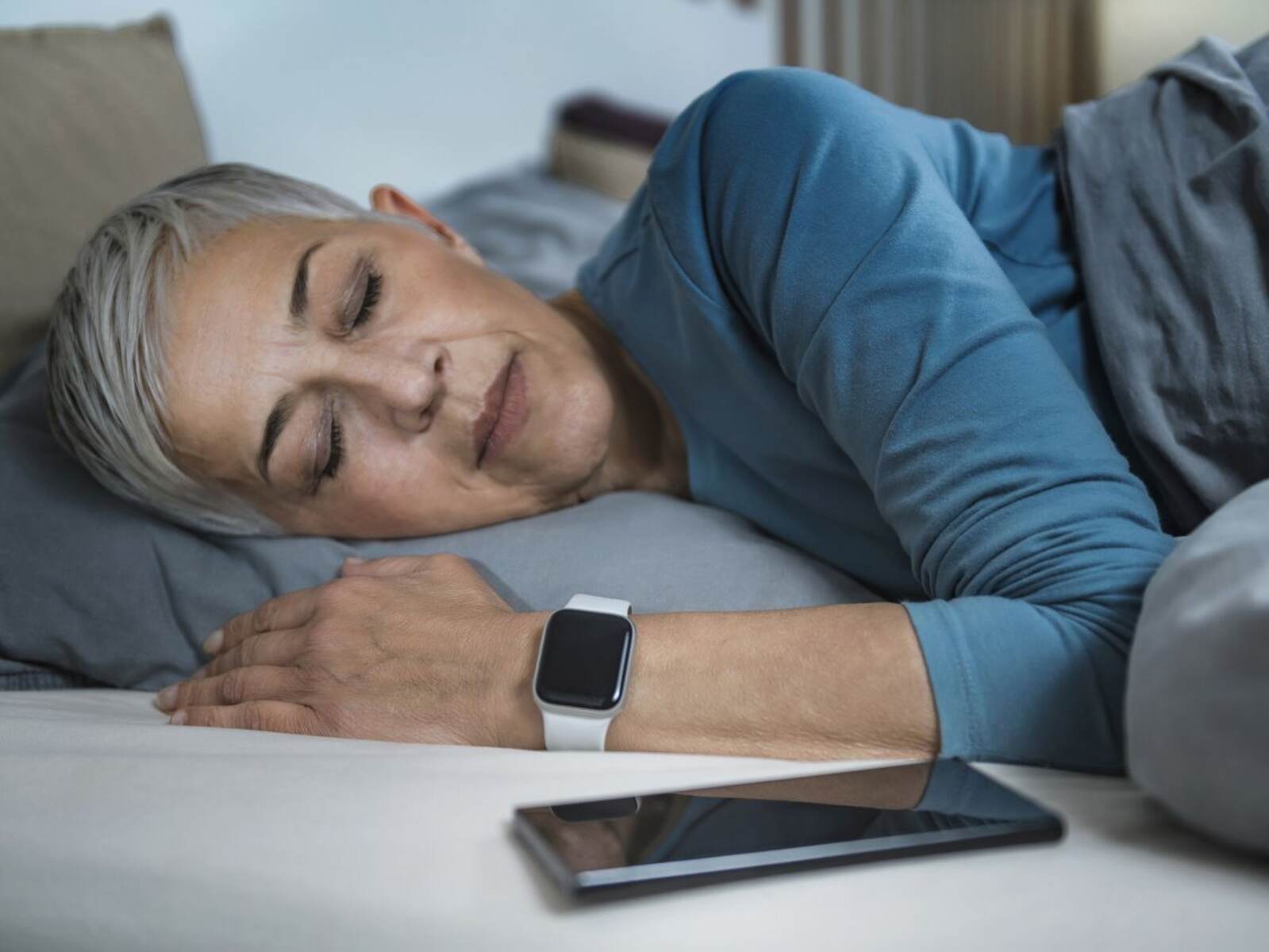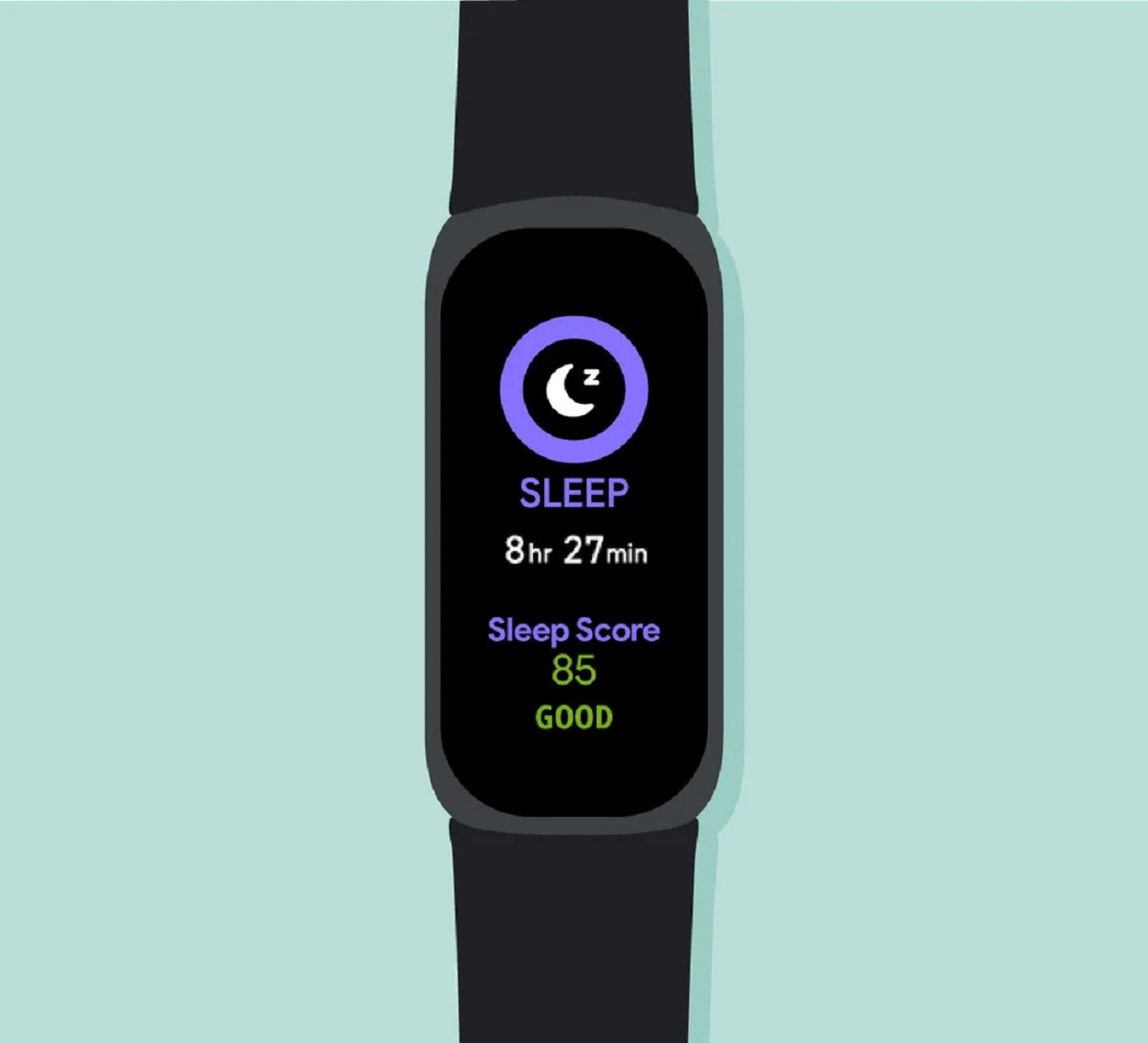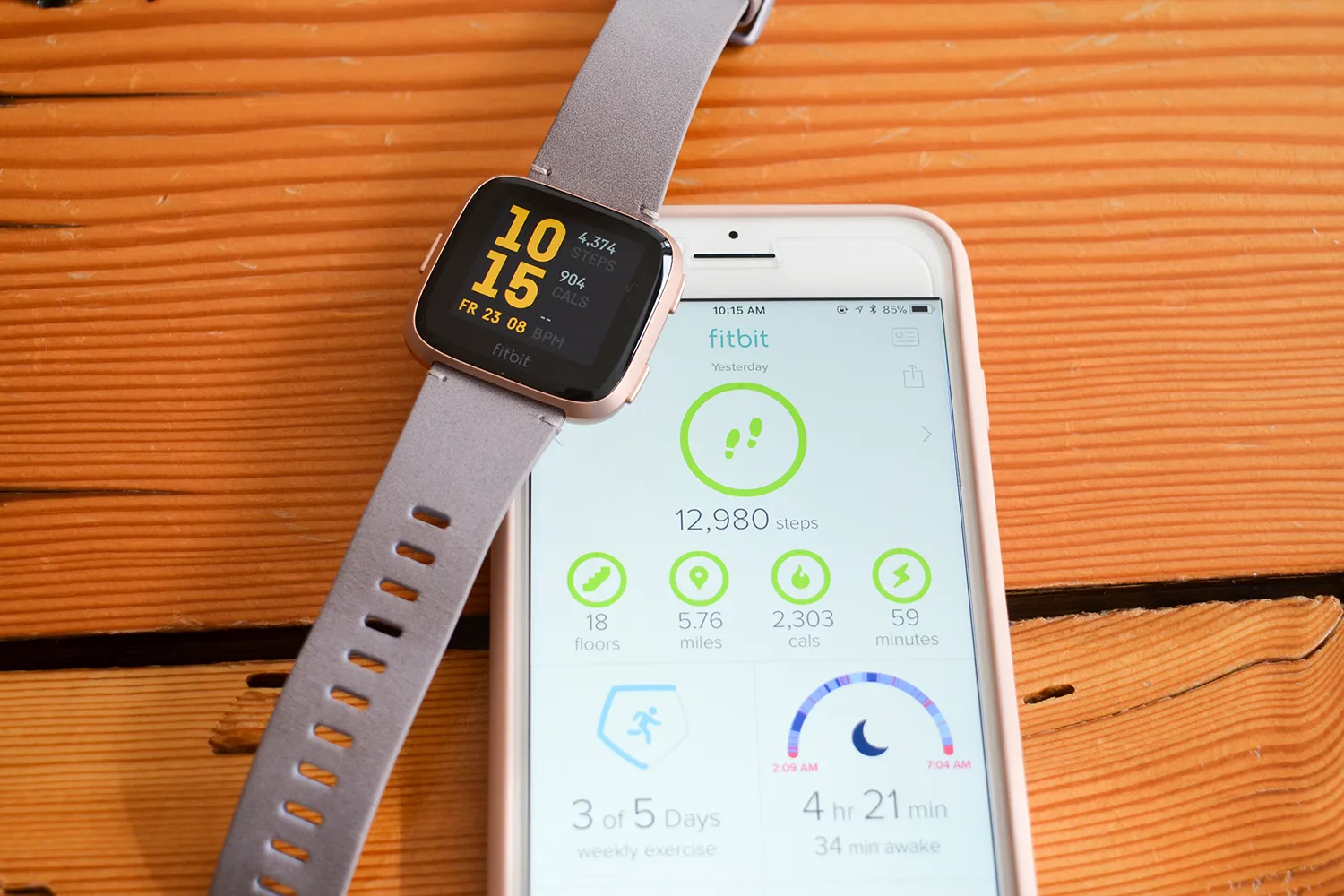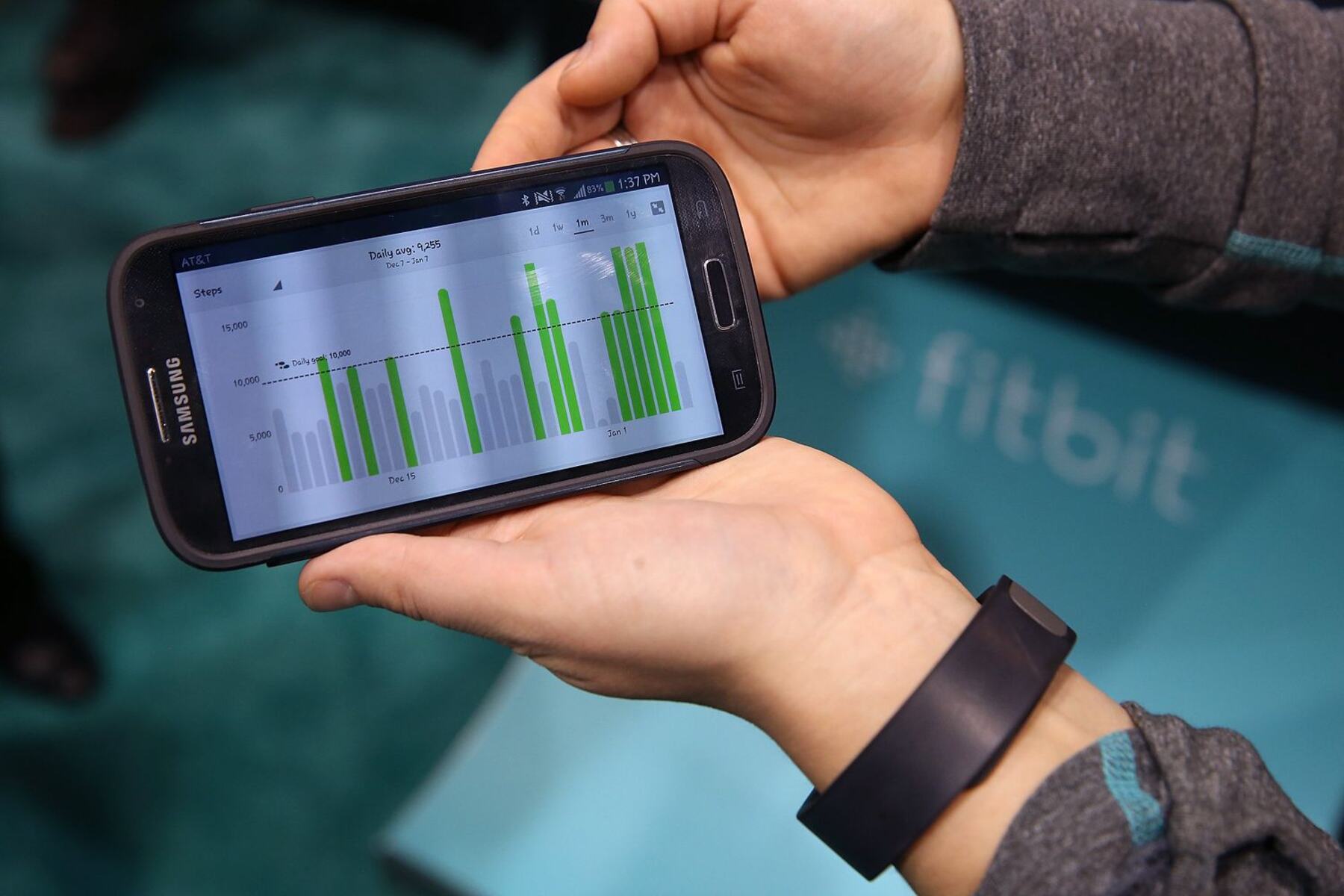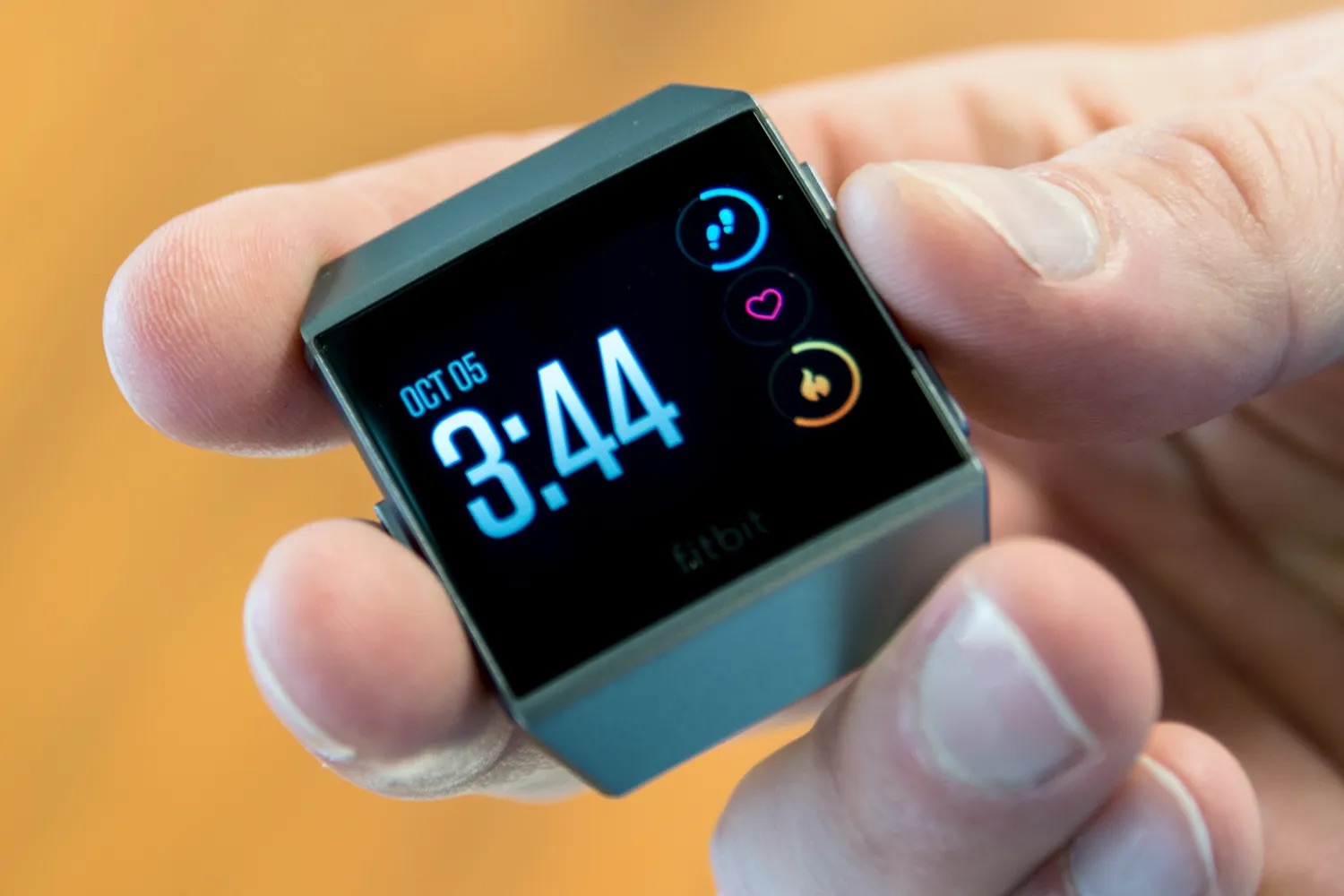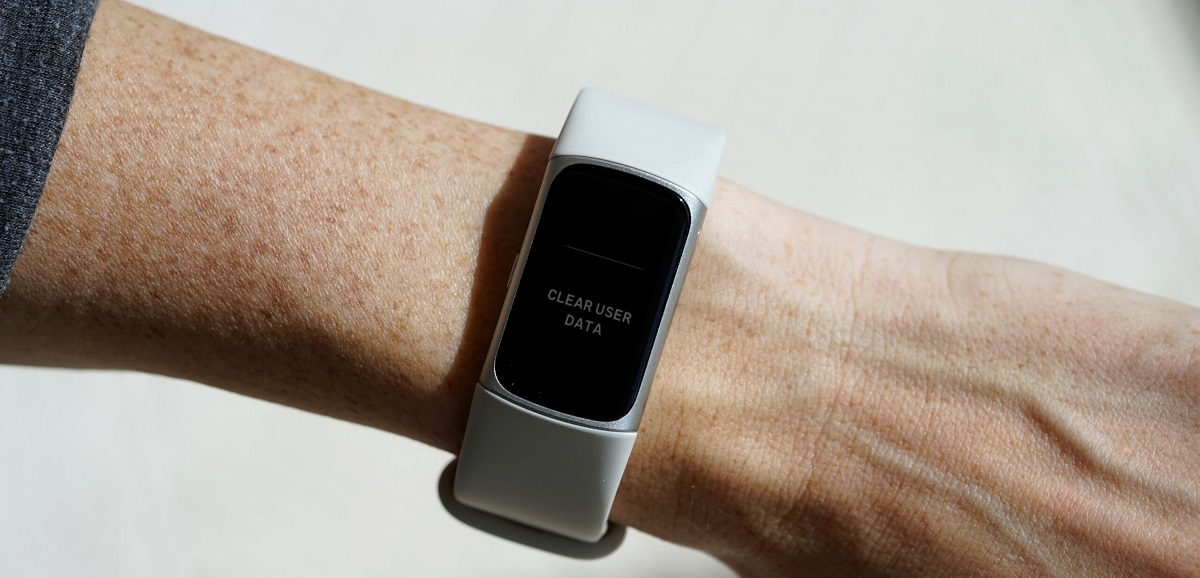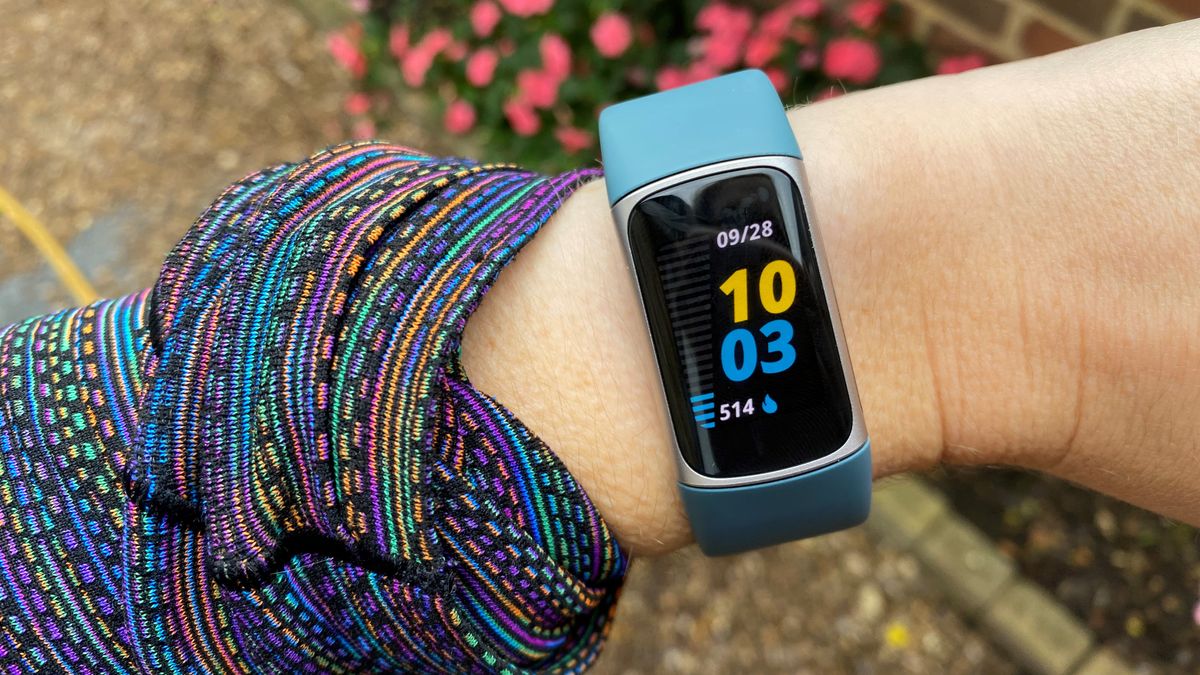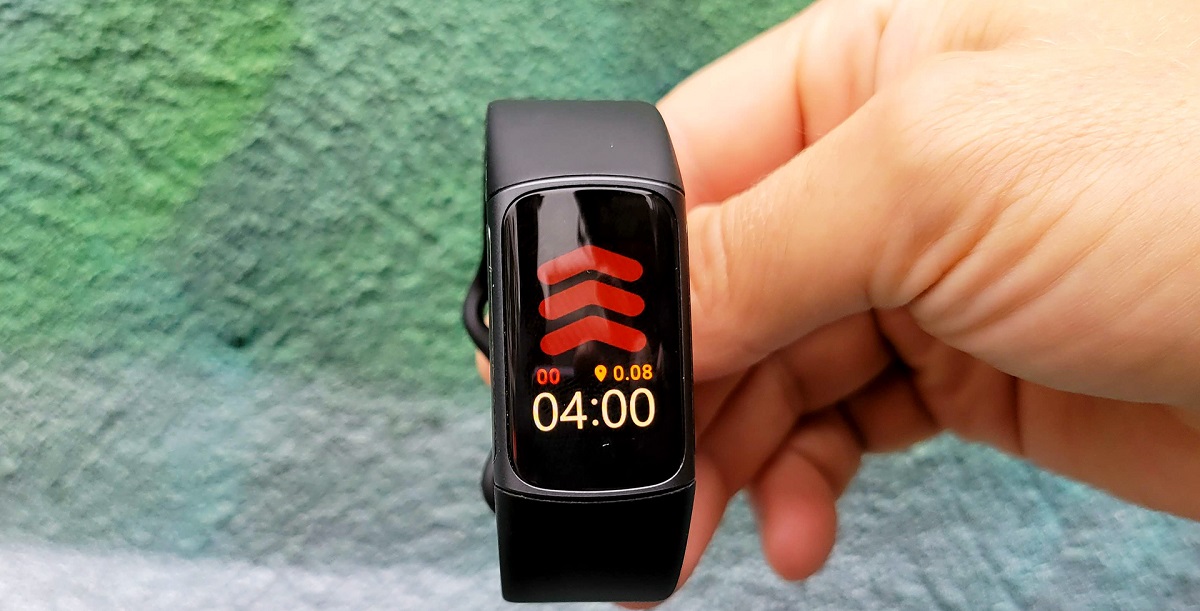Introduction
Sleep tracking technology has revolutionized the way we understand and monitor our sleep patterns. Fitbit, a leading brand in wearable devices, offers a range of features, including sleep tracking, to help users gain insights into their sleep quality and duration. However, encountering issues with sleep tracking can be frustrating, leaving users puzzled about why their Fitbit did not accurately track their sleep.
In this comprehensive guide, we will delve into troubleshooting methods to address common reasons why your Fitbit may not have tracked your sleep as expected. By following these steps, you can potentially identify and resolve the issues, ensuring that your Fitbit accurately captures your sleep data, providing you with valuable insights into your sleep patterns.
Whether you are a long-time Fitbit user or a newcomer to the world of wearable sleep tracking, understanding the potential reasons for inaccuracies in sleep tracking is crucial. This guide aims to equip you with the knowledge and troubleshooting techniques to optimize your Fitbit's sleep tracking functionality, allowing you to make the most of this valuable feature.
Now, let's embark on a journey to uncover the potential factors contributing to your Fitbit's sleep tracking snag and explore practical solutions to ensure that you can enjoy seamless and accurate sleep tracking experiences with your Fitbit device.
Ensure Proper Fit
Ensuring that your Fitbit device is properly fitted is fundamental to accurate sleep tracking. Proper fit ensures that the device remains in place throughout the night, allowing it to consistently monitor your movements and heart rate, which are essential metrics for sleep tracking.
Why Proper Fit Matters
A loose-fitting Fitbit may result in inconsistent data collection during sleep, leading to inaccuracies in sleep tracking. On the other hand, a Fitbit that is too tight can cause discomfort, potentially disrupting your sleep and affecting the accuracy of the data collected.
Steps to Ensure Proper Fit
- Secure Placement: Ensure that your Fitbit is securely fastened on your wrist. It should be snug enough to prevent excessive movement but not too tight to cause discomfort.
- Positioning: Position the Fitbit on the top side of your wrist, about an inch or two below your hand. This allows the device's sensors to effectively capture your heart rate and movement data during sleep.
- Strap Adjustment: If your Fitbit has a strap with multiple adjustment slots, experiment with different settings to find the most comfortable and secure fit for your wrist.
Regular Checking
Regularly check the fit of your Fitbit before going to bed to ensure that it remains secure and comfortable. This simple habit can significantly contribute to the accuracy of your sleep tracking data.
By paying attention to the proper fit of your Fitbit device, you can optimize its ability to capture reliable sleep data, ultimately enhancing the overall sleep tracking experience. This foundational step sets the stage for more accurate and insightful sleep tracking results, empowering you to make informed decisions to improve your sleep quality and overall well-being.
Check for Software Updates
Staying up to date with the latest software releases is crucial for ensuring the optimal performance of your Fitbit device, including its sleep tracking functionality. Software updates often include bug fixes, performance enhancements, and new features, all of which can directly impact the accuracy and reliability of sleep tracking.
Fitbit regularly releases software updates to address known issues, improve device stability, and introduce new capabilities. By checking for and installing these updates, you can potentially resolve any underlying software-related issues affecting your Fitbit's sleep tracking performance.
Importance of Software Updates
Software updates play a vital role in maintaining the overall functionality and effectiveness of your Fitbit device. Specifically, when it comes to sleep tracking, these updates can address potential glitches or inefficiencies that may hinder the accurate recording and analysis of your sleep data.
Moreover, software updates often incorporate advancements in algorithms and data processing, leading to more precise sleep tracking results. By ensuring that your Fitbit is running the latest software version, you can take advantage of these improvements to obtain a more comprehensive understanding of your sleep patterns.
Steps to Check for Software Updates
-
Fitbit Mobile App: Open the Fitbit mobile app on your smartphone or tablet.
-
Device Settings: Navigate to the settings section within the app and locate the option for software updates or device maintenance.
-
Check for Updates: Follow the on-screen instructions to check for available software updates for your Fitbit device.
-
Install Updates: If an update is available, proceed to download and install it on your Fitbit device.
Regular Monitoring
It is advisable to make it a habit to periodically check for software updates for your Fitbit device. By staying proactive in this regard, you can ensure that your device remains equipped with the latest enhancements and fixes, ultimately contributing to the accuracy and reliability of its sleep tracking capabilities.
By prioritizing the installation of software updates, you are actively engaging in the optimization of your Fitbit's performance, including its crucial sleep tracking feature. This proactive approach empowers you to harness the full potential of your Fitbit device, enabling it to provide you with valuable and precise insights into your sleep patterns.
Ensuring that your Fitbit device is running the latest software version is a proactive step toward resolving potential software-related issues that may affect sleep tracking accuracy. By embracing this practice, you are actively contributing to the optimization of your sleep tracking experience, allowing you to make informed decisions to enhance your overall sleep quality and well-being.
Review Sleep Data
Reviewing your sleep data on your Fitbit device provides valuable insights into your sleep patterns and overall sleep quality. By carefully analyzing the recorded data, you can gain a deeper understanding of your sleep behavior, identify potential issues, and make informed adjustments to improve your sleep habits. Here's how you can effectively review and interpret your sleep data to optimize your sleep tracking experience.
Understanding Sleep Stages
Fitbit devices categorize sleep into different stages, including light sleep, deep sleep, REM (rapid eye movement) sleep, and awake periods. Each stage offers unique insights into your sleep quality and duration, allowing you to assess the overall effectiveness of your rest.
Identifying Patterns and Anomalies
Carefully examine your sleep data for recurring patterns or anomalies. Look for consistent periods of restlessness, irregular sleep cycles, or prolonged periods of wakefulness during the night. Identifying such patterns can highlight potential areas for improvement in your sleep routine.
Comparing Trends Over Time
Track changes and trends in your sleep data over an extended period. Compare your sleep patterns and durations across days, weeks, or months to identify any fluctuations or consistent trends. This long-term analysis can reveal valuable insights into the effectiveness of your sleep habits and the impact of lifestyle changes on your rest.
Noting Environmental Influences
Consider external factors that may influence your sleep, such as room temperature, ambient noise, or light exposure. Note any correlations between environmental conditions and variations in your sleep data. This awareness can help you make adjustments to create a more conducive sleep environment.
Utilizing Sleep Score Metrics
Fitbit devices often provide a sleep score or rating based on various sleep metrics. Pay attention to this score and the contributing factors, such as time spent in different sleep stages, restlessness, and wake periods. Understanding your sleep score can guide you in making targeted improvements to enhance your overall sleep quality.
Making Informed Adjustments
Based on your review of the sleep data, consider making informed adjustments to your sleep routine. This may include modifying bedtime habits, optimizing your sleep environment, or adjusting your daily activities to promote better sleep quality and consistency.
By engaging in a comprehensive review of your sleep data, you can unlock valuable insights that empower you to optimize your sleep tracking experience. This proactive approach allows you to make informed decisions and adjustments, ultimately contributing to improved sleep quality and overall well-being.
Consider Environmental Factors
When it comes to optimizing your sleep tracking experience with a Fitbit device, considering environmental factors plays a pivotal role in ensuring the accuracy and reliability of the recorded sleep data. Environmental influences within your sleeping space can significantly impact the quality of your rest and the effectiveness of sleep tracking. By carefully evaluating and addressing these factors, you can create an environment that promotes better sleep and enhances the overall precision of your Fitbit's sleep tracking capabilities.
One critical environmental factor to consider is room temperature. The ambient temperature of your sleeping environment can directly affect your ability to achieve restful sleep. Extreme temperatures, whether excessively hot or cold, can disrupt your sleep patterns and lead to discomfort, potentially impacting the accuracy of sleep tracking data. Strive to maintain a comfortable and consistent room temperature to create an optimal sleep environment conducive to accurate data collection.
In addition to temperature, ambient noise levels can significantly influence your sleep quality and the reliability of sleep tracking. Loud or disruptive noises during the night can cause interruptions in your sleep cycles, leading to fragmented rest and potential inaccuracies in the recorded sleep data. Assess the noise levels in your sleeping area and consider implementing measures to minimize disturbances, such as using white noise machines or earplugs, to create a quieter and more conducive sleep environment.
Light exposure within your sleeping space also warrants attention when optimizing sleep tracking with your Fitbit device. Excessive light, whether from external sources or electronic devices, can disrupt your circadian rhythms and melatonin production, affecting the overall quality of your sleep. Take steps to minimize light exposure during the night by utilizing blackout curtains, dimming electronic displays, and creating a darker sleeping environment to support more accurate and reflective sleep tracking results.
Furthermore, the comfort and quality of your mattress, pillows, and bedding can impact your sleep experience and the precision of sleep tracking. An uncomfortable or unsupportive sleep surface can lead to restlessness and discomfort, potentially affecting the reliability of the recorded sleep data. Evaluate and optimize your sleep setup to ensure that it promotes restful and uninterrupted sleep, contributing to more accurate sleep tracking insights from your Fitbit device.
By conscientiously considering and addressing these environmental factors, you can cultivate a sleep environment that aligns with optimal sleep hygiene practices. This proactive approach not only enhances your overall sleep quality but also contributes to the accuracy and reliability of the sleep tracking data captured by your Fitbit device. Embracing a holistic approach to optimizing your sleep environment empowers you to leverage the full potential of your Fitbit's sleep tracking capabilities, ultimately supporting your journey toward improved sleep and well-being.
Contact Customer Support
If you have diligently followed the troubleshooting steps outlined in this guide and are still encountering challenges with your Fitbit's sleep tracking functionality, reaching out to Fitbit's customer support team can provide valuable assistance. Customer support representatives are equipped with the knowledge and resources to address technical issues, offer personalized guidance, and provide tailored solutions to ensure the optimal performance of your Fitbit device, including its sleep tracking features.
When initiating contact with customer support, it is beneficial to have relevant details readily available, such as your Fitbit model, software version, and a comprehensive description of the specific sleep tracking issues you are experiencing. Clear and detailed information can expedite the troubleshooting process and enable the support team to offer targeted assistance, increasing the likelihood of resolving the sleep tracking challenges effectively.
Fitbit offers various channels for contacting customer support, including online chat, email support, and phone assistance. Utilizing these communication channels allows you to engage with knowledgeable support professionals who can guide you through advanced troubleshooting steps, provide insights into potential root causes of the sleep tracking issues, and offer personalized recommendations based on your unique circumstances.
Moreover, customer support interactions present an opportunity to inquire about upcoming software updates, feature enhancements, or alternative methods to optimize sleep tracking with your Fitbit device. Leveraging this direct line of communication with Fitbit's support team enables you to stay informed about the latest developments and potential solutions, empowering you to make informed decisions regarding your sleep tracking experience.
By proactively engaging with Fitbit's customer support, you demonstrate a commitment to maximizing the functionality of your Fitbit device and obtaining accurate sleep tracking results. The expertise and guidance provided by the customer support team can offer valuable insights, address underlying technical issues, and ensure that your Fitbit's sleep tracking feature operates at its full potential, ultimately contributing to a more comprehensive understanding of your sleep patterns and habits.
In summary, contacting Fitbit's customer support is a proactive step toward resolving persistent sleep tracking challenges and optimizing the performance of your Fitbit device. The support team's expertise, personalized assistance, and dedication to resolving technical issues can significantly enhance your sleep tracking experience, empowering you to harness the full benefits of this valuable feature and make informed decisions to improve your overall sleep quality and well-being.








